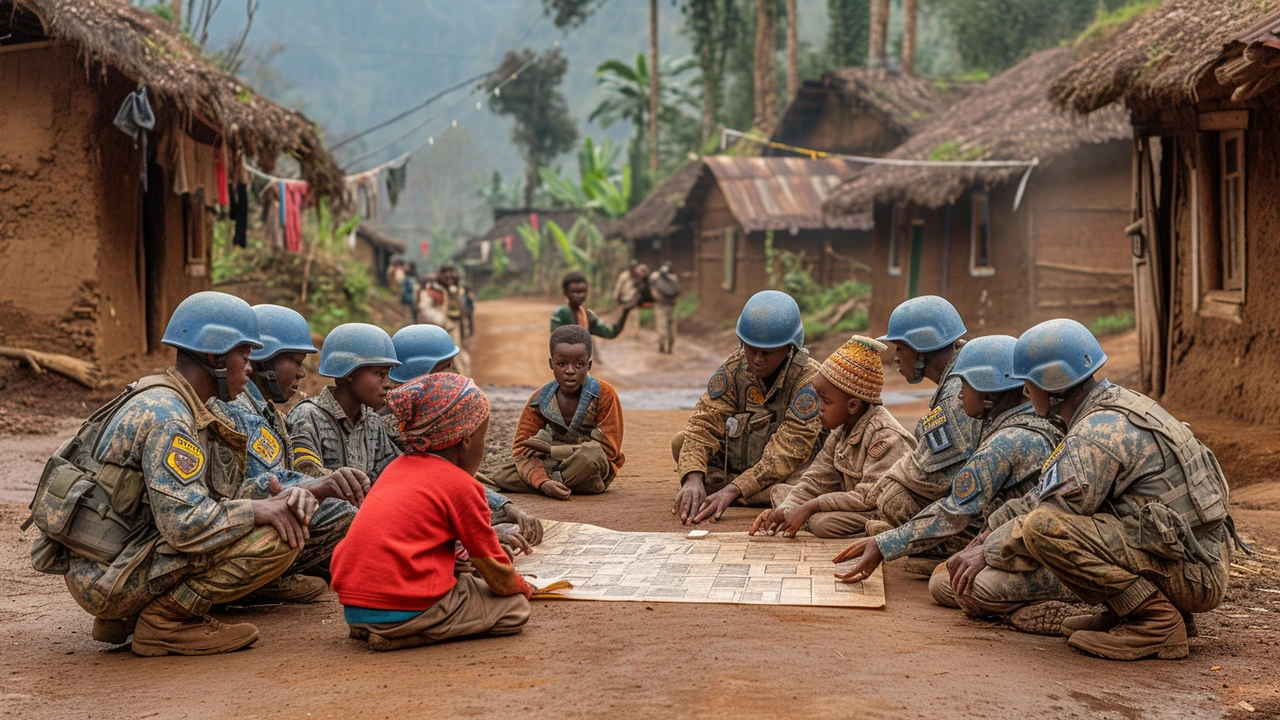Here’s a fact that wakes you up: women still make up under 10% of uniformed personnel in many peace operations. That gap matters. If you care about safer communities and smarter missions, you should care who’s on the ground. Women bring different skills, build trust with local women and children, and open doors that men often can’t.
Female peacekeepers do work that moves missions forward in clear ways. They run female-focused patrols, gather information from women who won’t talk to men, and support survivors of sexual violence with more sensitivity. Local communities often respond better when they see women in uniform — it reduces fear and increases cooperation. UN reports and field officers repeatedly point to better local access and higher reporting of crimes when women are present.
Beyond trust, women add leadership styles that matter in tense settings. They often use negotiation and community outreach more, which helps de-escalate small conflicts before they blow up. That saves lives and money. The presence of women also encourages local women to step into civic roles — teachers, mediators, local council members — speeding long-term recovery.
So why aren’t there more women? Two big reasons: recruitment practices and work conditions. Many troop-contributing countries don’t recruit female candidates, and mission life can be unsafe or isolating for women. Training often ignores gender-based needs, and reporting channels for harassment can be weak.
There are practical fixes that work. First, set recruitment targets and support women through the application process — travel costs, childcare support, and clear career paths matter. Second, require gender and sexual exploitation prevention training before deployment, not as an afterthought. Third, create safe reporting options and ensure commanders act on complaints quickly. Finally, fund female-led units and community outreach programs; they tend to pay off fast.
If you want examples: female police units in some missions boosted reporting of domestic violence and helped prosecute cases that had stalled for years. Female-led community patrols reduced harassment near markets and schools. These are small, concrete wins that add up.
Want to help right now? Share reliable stories about women in peacekeeping, support organizations that train female peace personnel, and ask policymakers to set measurable targets for female representation. Simple pressure — emails, petitions, conversations — makes a difference when budgets and policies are being set.
Women in peacekeeping is not just a fairness issue. It’s a mission performance issue. When missions include more women and treat them properly, they get better results on the ground. That’s worth supporting, loudly and often.

As a passionate believer in gender inclusion, I'm thrilled to delve into the crucial role of women in peacekeeping. Women's presence on the peacefront has been transformative, fostering empathy, reducing violence, and driving solutions rooted in community needs. But we've only scratched the surface. Let's further explore how empowering women in peacekeeping efforts leads to sustainable peace and reconciliation. Join me as we spotlight this remarkably understated aspect of gender equality.
